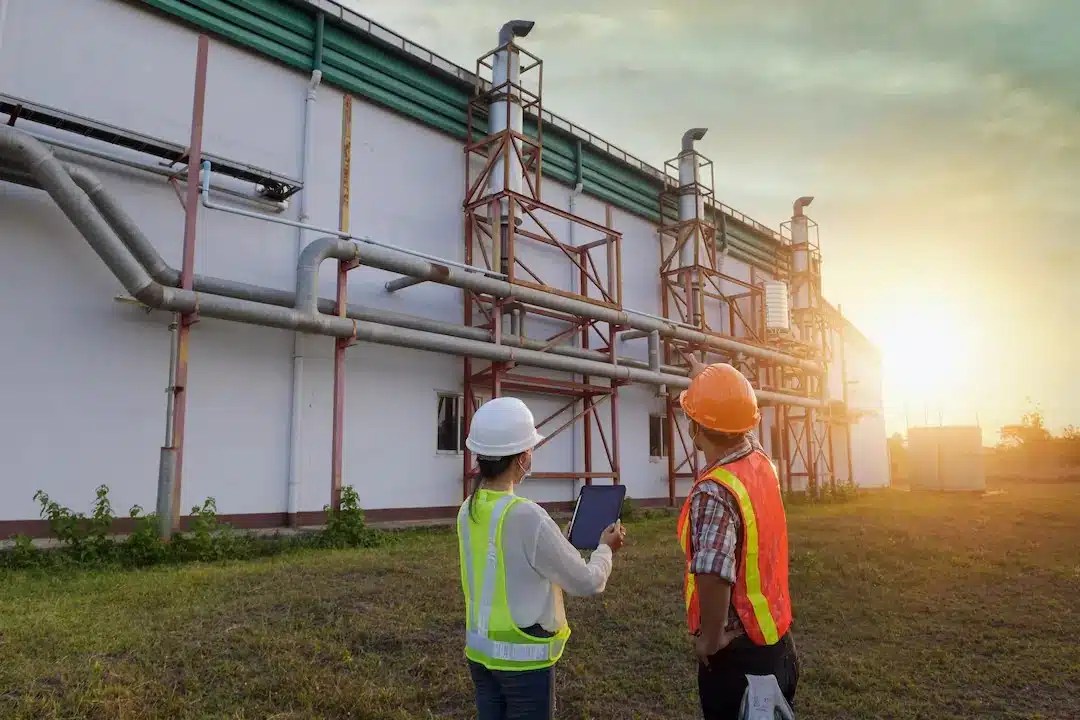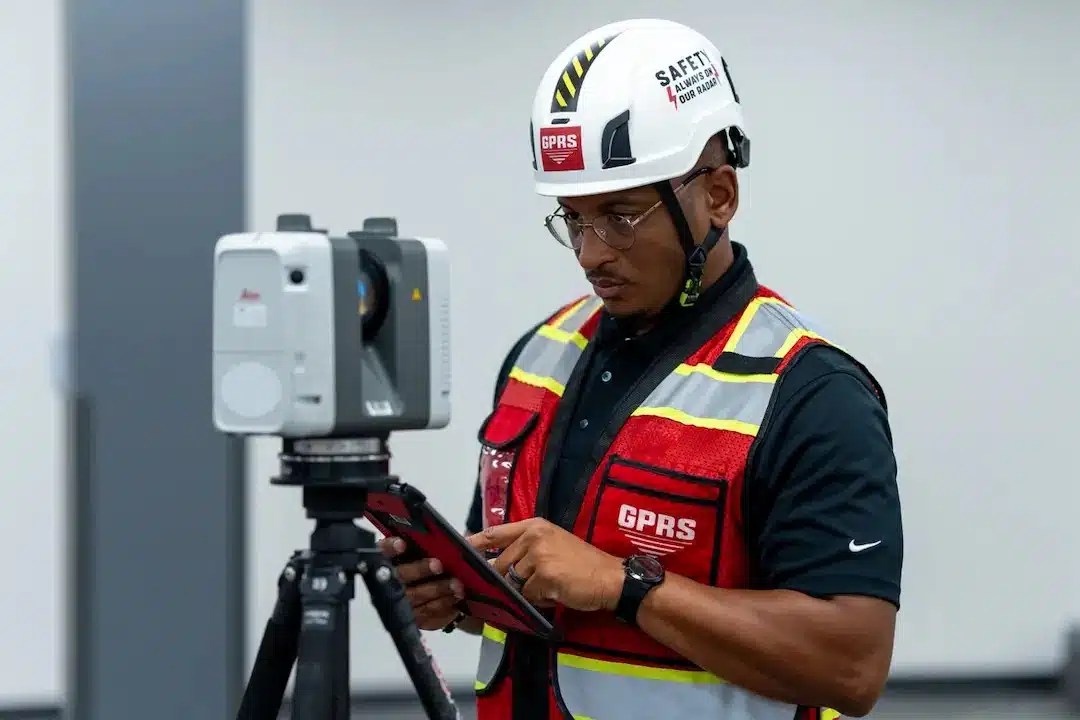Facility management is essential for preserving the value, efficiency, and safety of buildings and campuses.
At the heart of this field is the facility audit—a systematic, thorough review of a building’s assets, including its infrastructure, policies, and procedures. In recent years, facility audits have shifted from traditional paper reports to dynamic digital tools that deliver ongoing value. Let’s examine this evolution and see how modern technology is transforming facility audits to meet today’s standards.
Understanding the Facility Audit
A facility audit provides a detailed evaluation of a building’s physical state and operational efficiency, covering elements like HVAC, structural stability, plumbing, electrical systems, and safety protocols. It may also include an assessment of documentation related to maintenance, operational policies, and space usage.
Traditionally, facility audits focused on maintenance planning and identifying immediate repairs for building functionality and safety. Data was typically recorded in paper-based reports or static digital files, updated only periodically. As expectations around efficiency and cost-effectiveness have grown, so has the audit’s scope and the tools used.

: Facility management plays a critical role in maintaining the value, efficiency, and safety of buildings and campuses.
Traditional Facility Audits: Labor-Intensive and Static
In the past, audits were conducted manually by facility teams or consultants, who inspected each aspect of a building and noted maintenance needs or compliance gaps. The findings were compiled into a detailed report, which could take weeks or even months to complete, especially for complex facilities.
A key limitation of this approach was that the information quickly became outdated. Audits were performed every few years, leaving large gaps in data. With buildings constantly changing, facility managers often relied on memory or ad-hoc notes, increasing the risk of missed repairs and unexpected expenses.
Moving Toward Digital Solutions
The first major shift in audits occurred with digital record-keeping, as spreadsheets and databases simplified storing and accessing information on maintenance, repairs, and inspections. While this reduced some administrative tasks, the core audit process remained unchanged, with data still static and only periodically updated. A more dynamic solution was needed to offer real-time insights.
The Impact of BIM and 3D Scanning
Building Information Modeling (BIM) and 3D laser scanning have significantly advanced the facility audit process. BIM enables facility managers to create digital models that incorporate real-time data on asset conditions, space use, and maintenance history.
3D laser scanning captures precise representations of a building’s physical condition by using laser technology to create high-resolution, three-dimensional models. This digital twin of the building allows managers to perform remote assessments, inspect structural details, and even simulate potential changes.
BIM and 3D scanning have transformed audits from static, labor-intensive inspections to continuous, real-time assessments. Facility managers can now address issues proactively, improving building performance and extending asset lifespan.
Continuous, Data-Driven Audits
Facility audits have evolved into continuous, data-driven processes, thanks to cloud computing and IoT devices. Sensors embedded throughout a building monitor aspects like temperature, humidity, and occupancy. This data is accessible in real-time, allowing managers to act immediately when necessary.
By integrating IoT data with BIM and 3D scanning, facility managers create a “living” audit—a constantly updated digital model reflecting the current building conditions. Managers can continuously track performance metrics, detect any deviations from optimal conditions, and quickly address them. This approach also enables predictive maintenance, reducing downtime and maintenance costs.
Benefits of Modern Facility Audits
The evolved facility audit process provides several advantages:
- Greater Accuracy: BIM, 3D scanning, and IoT sensors deliver precise and detailed views of building conditions, supporting informed decision-making and effective resource allocation.
- Increased Efficiency: Digital models and automated monitoring speed up the audit process and reduce disruptions.
- Proactive Maintenance: Continuous monitoring enables predictive maintenance, minimizing emergency repairs.
- Enhanced Compliance and Reporting: Detailed, up-to-date documentation aids regulatory compliance.
- Improved Space Management: Real-time data on occupancy and usage patterns helps optimize space allocation.
The Future of Facility Audits: Digital Twins and AI
Looking ahead, future audits will likely involve digital twins and AI. A digital twin is a highly accurate virtual replica of a building that can simulate various scenarios and predict the effects of changes. AI can enhance facility audits by analyzing data patterns, optimizing maintenance schedules, and recommending energy-saving strategies.

GPRS’ 3D Laser Scanning Services support the modern facility audit process by providing comprehensive, 2-4mm accurate data on your facilities and campuses.
GPRS & SiteMap® Aid Facility Audits
BIM, 3D scanning, IoT, digital twins, and AI are transforming facility audits into continuous management systems, providing real-time snapshots of building conditions that can be continuously optimized.
GPRS’ 3D Laser Scanning Services support this modern process by delivering highly accurate data on facilities and campuses. Using Leica laser scanners, GPRS captures as-built documentation, point clouds, 2D CAD drawings, and 3D BIM models, expediting project planning and execution.
Accessible 24/7 through SiteMap® (patent pending), GPRS’ facility management application provides accurate, field-verified data for critical infrastructure, eliminating miscommunications and empowering better planning and management.
To explore how SiteMap® can enhance your facility audits, schedule a live demo with GPRS today.
Frequently Asked Questions
What deliverables can GPRS provide when performing 3D laser scanning services?
We can provide 3D modeling in many formats such as:
- Point Cloud Data (Raw Data)
- 2D CAD Drawings
- 3D Non-Intelligent Models
- 3D BIM Models
- JetStream Viewer
Customizable deliverables upon request include:
- Aerial Photogrammetry
- Comparative Analysis
- Deformation Analysis
- Digital Drawings of GPR Markings
- Floor Flatness Analysis/Contour Mapping
- New Construction Accuracy Analysis/Comparative Analysis
- Point Cloud Modeling Training Webinars
- Reconciliation of Clients 2D Design Drawings
- Reconciliation of Clients 3D Design Model
- Structural Steel Shape Probability Analysis
- Template Modeling
- Volume Calculations
- Wall Plumb Analysis
What are the Benefits of Underground Utility Mapping?
Having an updated and accurate map of your subsurface infrastructure reduces accidents, budget overruns, change orders, and project downtime caused by dangerous and costly subsurface damage.
How does SiteMap® assist with Utility Mapping?
SiteMap®, powered by GPRS, is the industry-leading infrastructure management program. It is a single source of truth, housing the 99.8%+ accurate utility locating, concrete scanning, video pipe inspection, leak detection, and 3D laser scanning data our Project Managers collect on your job site. And the best part is you get a complimentary SiteMap® Personal Subscription when GPRS performs a utility locate for you.
Click here to learn more.
Does SiteMap® Work with my Existing GIS Platform?
SiteMap® allows for exporting of data to SHP, GeoJSON, GeoPackage, and DXF directly from any user’s account that either owns or has a job shared to their account. All these file formats can be imported and utilized by other GIS packages if manually imported by the user. More information can be found at SiteMap.com.
